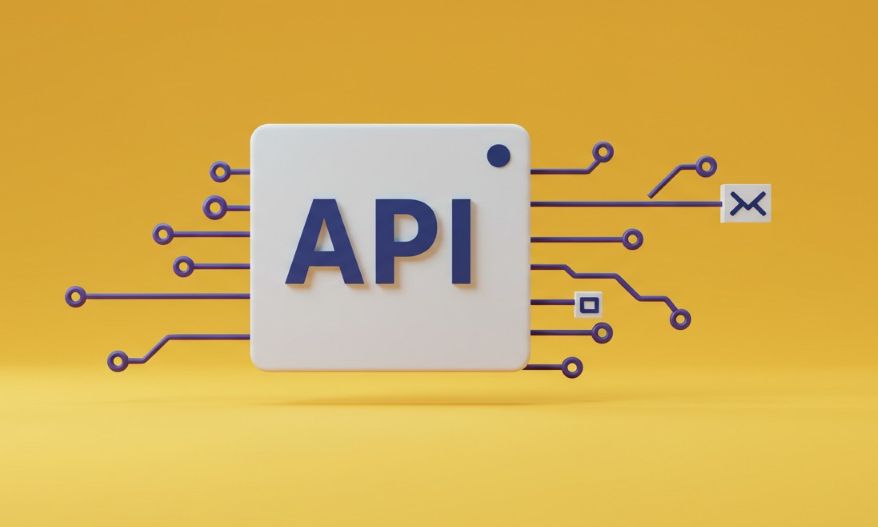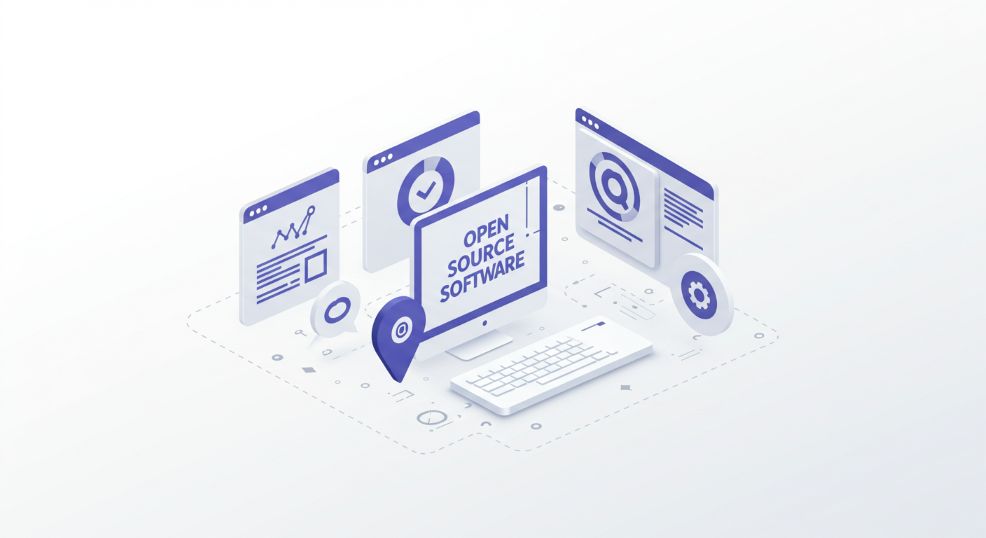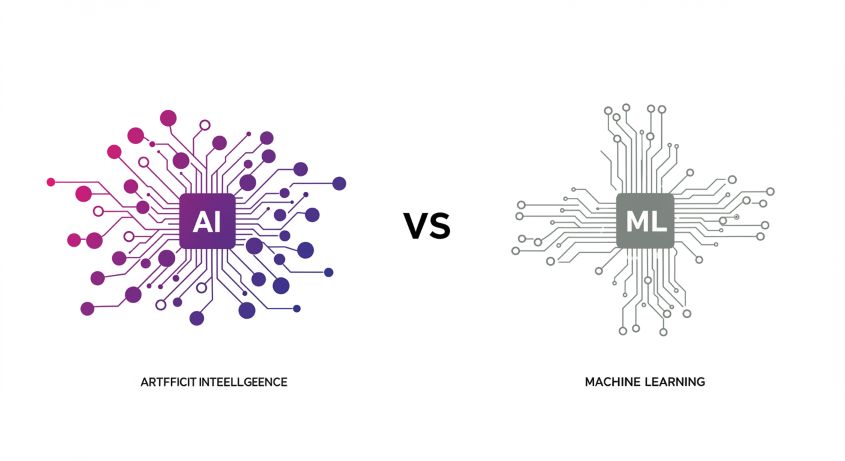Location

Outline of the Article
| Section | Headings/Subheadings |
|---|---|
| Introduction | What Is an API? |
| Understanding APIs | Why Are APIs Important? Types of APIs Open APIs Private APIs Partner APIs Composite APIs |
| How APIs Work | The Basics of API Communication Key Components of APIs Endpoints Requests and Responses Authentication API Protocols and Formats REST SOAP GraphQL |
| API Applications | APIs in Everyday Life APIs in Business and Technology |
| Advantages of APIs | Increased Efficiency Enhanced Collaboration Driving Innovation |
| Challenges of APIs | Security Concerns Performance Bottlenecks |
| Best Practices | Proper Documentation Testing and Monitoring |
| APIs in Cloud Computing | Key Characteristics, Types of Cloud APIs, Benifits |
| Conclusion | Final Thoughts on APIs |
| FAQs | What are the most popular APIs today? How can I start using an API? Are APIs secure? What’s the difference between REST and SOAP? Can anyone create an API? |
APIs Explained: What is an API and Its Working?
1. What Is an API?
Imagine trying to communicate with someone who speaks an entirely different language. Sounds complicated, right? That’s where an interpreter steps in, bridging the gap and making communication seamless. An API (Application Programming Interface) works just like that—it’s the intermediary that allows two applications to talk to each other and share data.
2. Why Are APIs Important?
APIs are the glue that holds the digital world together. From logging into apps using your Google account to booking a cab on Uber, APIs power countless everyday interactions. They enable software systems to work harmoniously, eliminating manual effort and speeding up processes.
3. Types of APIs
APIs come in various flavors, each serving unique purposes:
3.1 Open APIs
Open APIs are publicly accessible and can be used by anyone. They provide a way for developers to tap into a company’s resources, data, or functionality without needing permission. A classic example is Google Maps, which allows developers to integrate maps into their applications.
3.2 Private APIs
Private APIs, also known as internal APIs, are designed for use within a company. They help automate processes, improve efficiency, and enhance communication between different departments or systems. These APIs are not publicly available and are typically used by a company’s own developers.
3.3 Partner APIs
Partner APIs are shared between business partners to facilitate collaboration and integration. They enable companies to connect their systems, share data, and provide services to each other. For instance, payment processors use APIs to integrate with e-commerce platforms, allowing customers to make seamless transactions.
3.4 Composite APIs
Composite APIs are a type of API that combines multiple APIs or services into a single API. This allows developers to access multiple resources or perform complex tasks with a single request, rather than making separate requests to individual APIs.
Think of it like a “one-stop shop” for APIs. Composite APIs simplify the process of integrating multiple services, reducing the complexity and number of requests needed. They can also improve performance, scalability, and reliability.
Example: A travel booking API that combines flight, hotel, and car rental APIs into a single API, allowing users to search and book entire trips with one request.
4. The Basics of API Communication
At its core, API communication involves requests and responses. Here’s how it works:
- An application sends a request to the API with specific parameters.
- The API processes the request and sends back a response with the requested data or an action confirmation.
Think of it like placing an order at a restaurant—you ask for a dish, and the waiter (API) brings it to you from the kitchen (server).
5. Key Components of APIs
5.1 Endpoints
These are the specific URLs where APIs listen for requests.
5.2 Requests and Responses
Requests carry the data you need, and responses deliver the information or results.
5.3 Authentication
APIs often require keys or tokens to ensure secure communication.
6. API Protocols and Formats
APIs use specific protocols and formats for data exchange. The most common ones include:
6.1 REST
The most widely used API protocol, REST (Representational State Transfer) relies on HTTP methods like GET, POST, and DELETE.
6.2 SOAP
Short for Simple Object Access Protocol, SOAP is more rigid and often used in enterprise applications.
6.3 GraphQL
A modern alternative to REST, GraphQL allows clients to request only the data they need, reducing overhead.
7. APIs in Everyday Life
Ever wondered how your weather app fetches real-time data? Or how you can share photos on Instagram directly from your gallery? APIs are the hidden heroes behind these conveniences, connecting apps and services to deliver seamless experiences.
8. APIs in Business and Technology
APIs play a transformative role in businesses by enabling integrations, enhancing customer experiences, and opening new revenue streams. Cloud computing, big data, and IoT (Internet of Things) all rely heavily on APIs to function effectively.
9. Advantages of APIs
9.1 Increased Efficiency
APIs automate tasks, saving time and effort. For instance, integrating payment gateways in e-commerce platforms eliminates manual transaction processing.
9.2 Enhanced Collaboration
By enabling different software systems to work together, APIs foster collaboration and improve workflows within and across organizations.
9.3 Driving Innovation
APIs empower developers to build new applications by leveraging existing functionalities, spurring innovation and creativity.
10. Challenges of APIs
10.1 Security Concerns
APIs can be vulnerable to attacks if not secured properly. Unauthorized access, data breaches, and misuse of APIs are common threats.
10.2 Performance Bottlenecks
Heavy API usage can strain servers, leading to latency and reduced performance. Proper optimization and monitoring are crucial to avoid such issues.
11. Best Practices for API Usage
11.1 Proper Documentation
Clear, comprehensive documentation ensures developers can easily understand and use your API, reducing errors and frustrations.
11.2 Testing and Monitoring
Regular testing and monitoring help identify bugs, optimize performance, and ensure reliability.
12. APIs in Cloud Computing
APIs play a crucial role in cloud computing, enabling seamless interactions between cloud services, applications, and users. Here’s an overview:
12.1 Key Characteristics:
- Scalability: Cloud APIs scale with demand, handling increased traffic and usage.
- Flexibility: APIs provide flexible integration with various cloud services and applications.
- Security: Robust security measures protect API interactions and data.
12.2 Types of Cloud APIs:
- Infrastructure-as-a-Service (IaaS) APIs: Manage virtualized infrastructure resources (e.g., AWS EC2).
- Platform-as-a-Service (PaaS) APIs: Interact with platform-level services (e.g., Azure App Service).
- Software-as-a-Service (SaaS) APIs: Access software applications via APIs (e.g., Salesforce).
12.3 Benefits:
- Enhanced Integration: Integrate cloud services with on-premises applications.
- Increased Agility: Rapidly deploy and scale cloud-based applications.
- Improved Security: Leverage cloud provider’s security features.
12.4 Cloud API Examples:
12.5 Use Cases:
- Cloud Migration: Use APIs to migrate applications to the cloud.
- Hybrid Cloud: Integrate on-premises and cloud-based applications.
- Serverless Computing: Build event-driven applications using cloud APIs.
By leveraging APIs in cloud computing, organizations can unlock the full potential of cloud services, improve application development, and drive digital transformation.
13. Final Thoughts on APIs
APIs are the unsung heroes of modern technology, enabling seamless communication between applications and driving innovation. Whether you’re a developer, a business owner, or just a tech enthusiast, understanding APIs can unlock a world of possibilities.
14. FAQs
14.1 What are the most popular APIs today?
A1: Popular APIs include Google Maps API, Twitter API, OpenWeatherMap API, and Stripe API.
14.2 How can I start using an API?
A2: Start by reading the API documentation, obtaining an API key, and making test requests using tools like Postman.
14.3 Are APIs secure?
A3: APIs can be secure if implemented with proper authentication, encryption, and regular security audits.
14.4 What’s the difference between REST and SOAP?
A4: REST is more flexible and widely used, while SOAP is stricter and often employed in enterprise environments.
14.5 Can anyone create an API?
A5: Yes! With the right tools and knowledge, anyone can create an API tailored to their specific needs.




